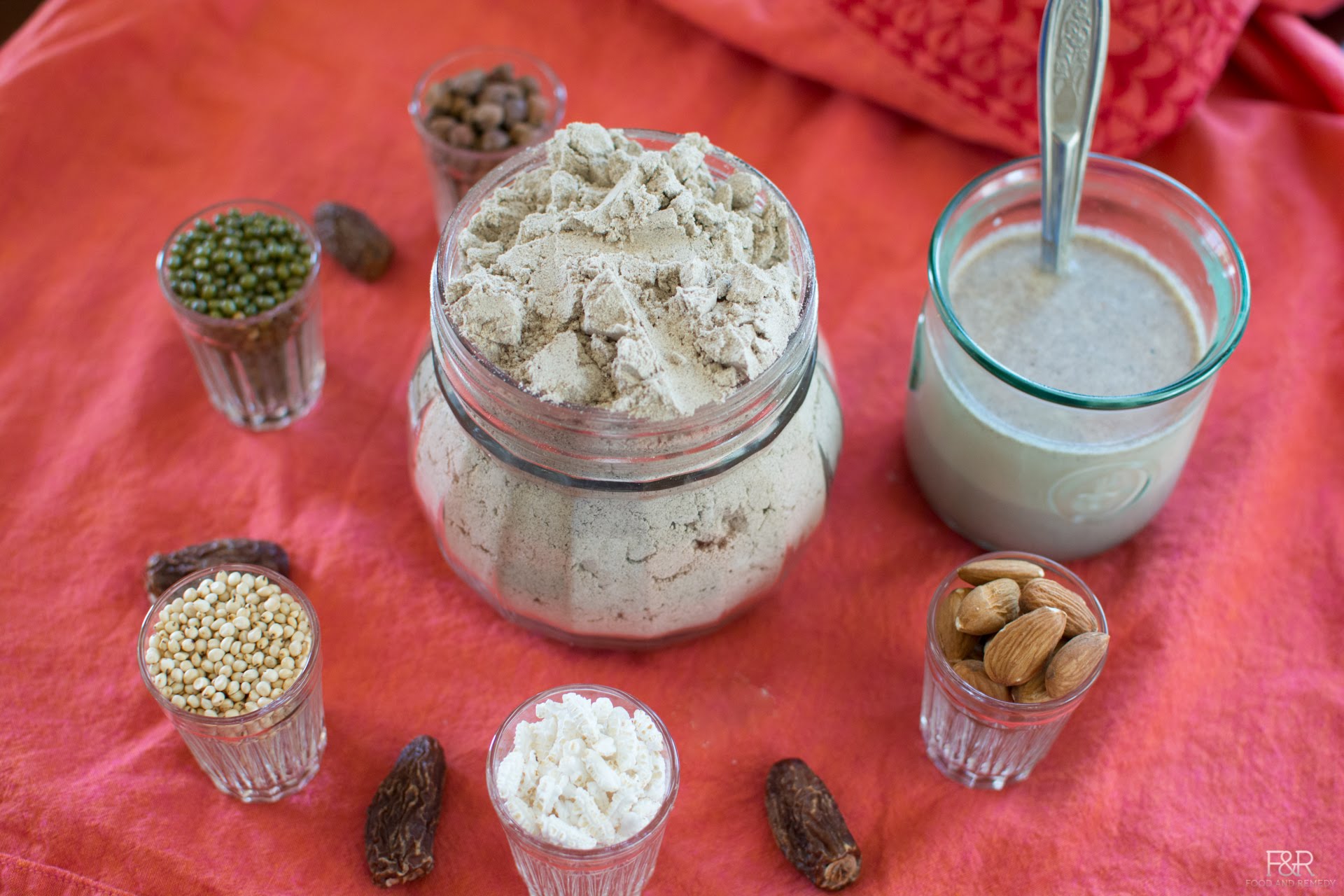Ragi, also known as finger millet, is a nutritious cereal that offers several health benefits. Here are some of the key nutrition and health benefits of ragi:
- High in fiber: Ragi is a good source of dietary fiber, which can help regulate digestion and prevent constipation.
- Rich in calcium: Ragi is one of the best plant-based sources of calcium, with 100 grams of ragi providing 344 milligrams of calcium. Calcium is essential for strong bones and teeth.
- Good source of iron: Ragi is also a good source of iron, which is important for the production of red blood cells and the prevention of anemia.
- Low glycemic index: Ragi has a low glycemic index, which means it releases sugar slowly into the bloodstream. This can help regulate blood sugar levels and prevent spikes and crashes.
- Gluten-free: Ragi is naturally gluten-free, making it a good option for people with celiac disease or gluten intolerance.
- Rich in antioxidants: Ragi contains several antioxidants, including phenolic acids and flavonoids, which can help protect the body from free radical damage.
- May lower cholesterol: Some studies have suggested that consuming ragi may help lower cholesterol levels in the blood.
- May aid weight loss: Ragi is low in calories and high in fiber, which can help promote feelings of fullness and reduce overall calorie intake, leading to weight loss.
Here’s a table that shows the nutritional data for 100 grams of raw ragi (finger millet):
| Nutrient | Amount per 100g |
|---|---|
| Calories | 328 |
| Carbohydrates | 72 g |
| Fiber | 3.6 g |
| Protein | 7.3 g |
| Fat | 1.3 g |
| Calcium | 344 mg |
| Iron | 3.9 mg |
| Magnesium | 137 mg |
| Phosphorus | 283 mg |
| Potassium | 408 mg |
| Sodium | 10 mg |
| Zinc | 2.7 mg |
Please note that the nutritional content may vary slightly depending on the variety of ragi and how it’s processed or cooked.
Overall, ragi is a nutritious and versatile cereal that can be used in a variety of dishes. Its health benefits make it a great addition to a balanced and healthy diet.
